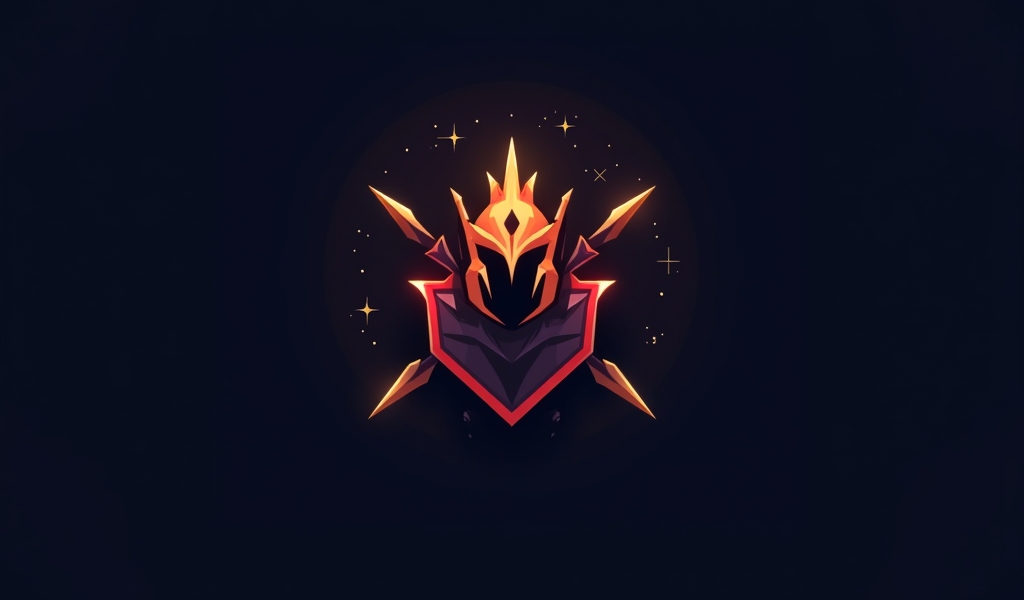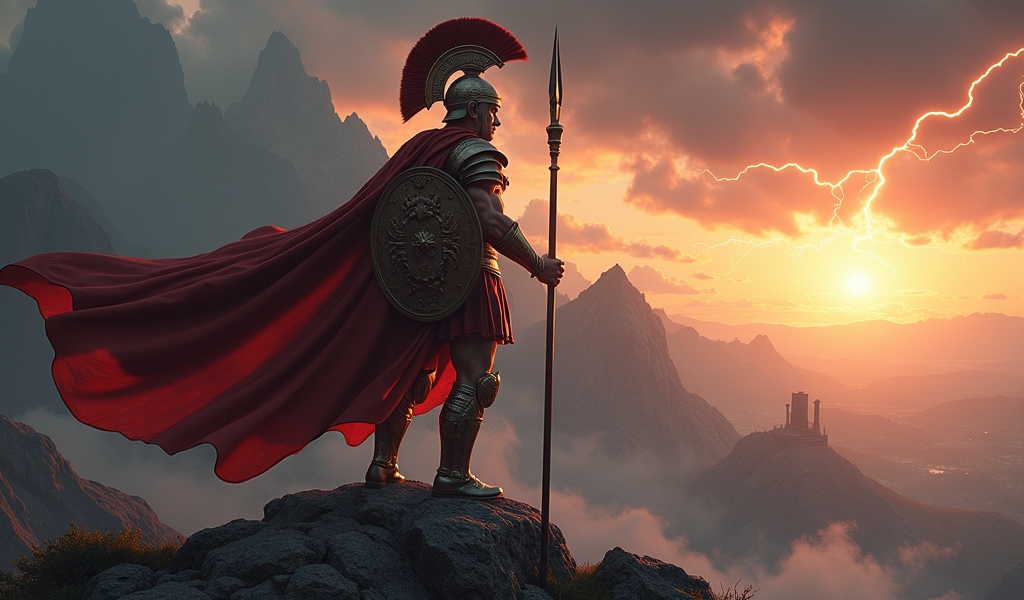Overview
How to play Pantheon effectively requires mastering his aggressive early game dominance, strategic ability combos, and map-wide impact through his semi-global ultimate. The Targonian warrior excels at creating early advantages through lane bullying and roaming, though players must leverage these strengths before his late-game scaling falls off compared to other champions.
Table of Contents
Introduction to Pantheon
Learning how to play Pantheon effectively can transform your League of Legends experience from frustrating to dominating. As one of the most versatile champions in the game, Pantheon offers a unique blend of burst damage, crowd control, and global map presence that can overwhelm opponents when mastered. Whether you’re laning top, jungling, or supporting, understanding the Baker’s combat style is essential for climbing the ranked ladder.
Pantheon excels at early game dominance and can transition this advantage into mid-game map control through his semi-global ultimate. However, mastering this Targonian warrior requires more than just mechanical skill – it demands strategic thinking and precise execution. In this comprehensive guide, we’ll explore five essential tips for dominating games with Pantheon.
While Pantheon shares some similarities with tanky fighters like Garen, his playstyle is uniquely aggressive and roam-focused. Let’s dive into what makes Pantheon tick and how you can leverage his strengths to secure victory on the Rift.
Understanding Pantheon’s Abilities
Before diving into complex strategies, let’s break down how to play Pantheon by understanding his kit. Pantheon’s passive, Mortal Will, is the cornerstone of his combat style. After five ability casts or basic attacks, your next ability becomes empowered, adding significant damage or utility. Managing this passive effectively separates good Pantheon players from great ones.
His Q, Comet Spear, serves as your primary poke and waveclear tool. When tapped, Pantheon throws a short-range spear, but when held, he channels a longer-range spear that deals increased damage to enemies at low health. The empowered version deals additional damage, making it ideal for securing kills.
W, Shield Vault, is your bread-and-butter engage tool. This point-and-click stun allows you to lock down targets for follow-up damage. When empowered, Shield Vault strikes three times, applying on-hit effects with each hit – perfect for proc’ing items like Black Cleaver or Blade of the Ruined King.
E, Aegis Assault, provides both offensive and defensive utility. Pantheon becomes invulnerable to damage from the direction he’s facing while dealing damage in a cone. The empowered version extends the duration, allowing for extended trades or tower dives. This ability can block critical abilities similar to Malphite’s passive, but requires active timing.
Finally, Pantheon’s ultimate, Grand Starfall, allows him to leap across the map, dealing damage upon landing. This semi-global presence enables you to influence fights anywhere on the map, though mastering the landing zone takes practice. According to official League of Legends statistics, successful Pantheon players average 2-3 impactful ultimates per game.

Early Game Strategy: Dominating Your Lane
The early game is where Pantheon truly shines, and learning how to play Pantheon effectively during this phase is crucial. Your level 2 and 3 power spikes are among the strongest in the game, providing excellent opportunities for first blood or forcing your opponent out of lane.
Start by playing aggressively at level 1 with your Q. Poke your opponent whenever they step up for CS, but be mindful of your mana. At level 2, unlock your W for the stun combo. The basic trading pattern is: W to stun, auto-attack, then Q as they try to disengage. This combo procs Electrocute if you’re running that rune, delivering significant burst damage.
Wave management is essential when playing Pantheon. Try to establish lane control by:
- Thinning the wave with Q to prevent being pushed under tower
- Freezing near your tower when ahead to deny CS and set up ganks
- Slow pushing when you want to look for a recall or roam opportunity
Remember that Pantheon’s early game strength comes with a ticking clock. Unlike Darius who scales well into the late game, Pantheon needs to establish advantages before the 20-minute mark. As noted by ProGuides experts, Pantheon’s win rate drops by nearly 8% in games lasting beyond 30 minutes.
When facing ranged matchups, use the brush to avoid poke and look for all-in opportunities with your W+E combo. Against melee champions, use your empowered W for extended trades, followed by E to block their retaliation. Always save an empowered ability for important moments rather than using it for farming.
Mid-Game Roaming and Map Presence
As the laning phase transitions to mid-game, how to play Pantheon shifts toward map-wide impact. This is where Pantheon’s semi-global ultimate becomes a game-changer. Look for opportunities to influence other lanes or secure objectives through timely roams.
When planning a roam, consider these factors:
- Lane state – push your wave before roaming to minimize CS loss
- Target lane – prioritize lanes with CC to ensure your gank succeeds
- Objective timing – coordinate roams with dragon or herald spawns
- Vision control – clear or place wards to track enemy movements
For maximum effectiveness, communicate your roaming intentions with pings. A good rule of thumb is to ping your ultimate status followed by “On My Way” pings to the target lane. This gives your teammates time to set up the play, significantly increasing success rates.
The key to effective roaming is maintaining momentum. After a successful gank, help push the lane, take a tower, or secure a neutral objective. This snowballs your team’s advantage while denying the enemy team recovery time. Many players who are learning how to play Pantheon make the mistake of returning to lane immediately after a kill, missing these critical follow-up opportunities.
When using Grand Starfall, remember it’s not just for ganking. You can use it to cut off retreating enemies, intercept enemy rotations, or quickly respond to counter-ganks. Try to land slightly behind your targets to cut off their escape route rather than directly on top of them. This positioning technique is used by mobile junglers like Lee Sin and increases your gank success rate considerably.
Mid-game is also when you should transition your build from early lethality items to more team-fighting oriented options. Black Cleaver becomes particularly valuable as it synergizes with your empowered W to quickly stack armor reduction.
Team Fighting With Pantheon
Team fighting as Pantheon requires a different mindset than many other champions. Despite his warrior appearance, Pantheon isn’t a primary engage champion in the late game. Instead, he excels as a follow-up engager or backline diver, similar to assassins but with more utility.
Your role in team fights will largely depend on your build and team composition. If you’ve built more damage-oriented, look to flank and eliminate high-priority targets. If you’re playing a more bruiser-oriented style, focus on peeling for your carries with your stun and using your E to block key enemy abilities.
Master these team fighting techniques to maximize your impact:
- Use empowered W to quickly burst a squishy target
- Save your E for blocking major damage abilities or tower shots
- Position around the fight to threaten multiple targets
- Look for multi-target Q pokes before committing to the fight
One advanced technique when learning how to play Pantheon is using your ultimate as a zoning tool. By channeling Grand Starfall during a standoff near an objective, you force the enemy team to either scatter or tank the damage, creating openings for your team to engage. This strategy is particularly effective around baron and dragon pits.
Remember that Pantheon’s late-game strength lies in creating picks rather than full 5v5 engagements. Work with your team to set up vision control and catch enemies rotating through the jungle. A single pick can lead to major objectives in the late game, where death timers are long enough to secure Baron or multiple towers.

Optimal Itemization for Different Situations
Understanding how to play Pantheon effectively means mastering his flexible build paths. Unlike hyper-carries like Master Yi with more rigid item requirements, Pantheon can adapt his build based on the game state and enemy composition.
For early game dominance, prioritize lethality items like Youmuu’s Ghostblade or Eclipse. These items amplify your burst potential and help you snowball your lane advantage. Serrated Dirk is a key component that provides an immediate power spike, so consider rushing it on your first back if possible.
When facing tanky compositions, Black Cleaver becomes essential. The armor shred stacks quickly with your empowered W, allowing both you and your team to deal more physical damage. Combine this with items like Blade of the Ruined King against health-stacking enemies or Serylda’s Grudge against armor-heavy teams.
Defensive itemization should respond directly to the primary threats. Against heavy AP, consider Maw of Malmortius or Death’s Dance. For AD-heavy teams, items like Guardian Angel or Sterak’s Gage provide the survivability needed to execute your role in team fights.
Boot choices for Pantheon vary based on the game situation:
- Plated Steelcaps – Against heavy AD or auto-attack reliant teams
- Mercury’s Treads – When facing significant CC or magic damage
- Ionian Boots of Lucidity – For ability haste to increase ability rotations
- Mobility Boots – In roam-heavy playstyles, particularly for support Pantheon
For rune selections, Electrocute provides burst for assassin playstyles, while Conqueror offers sustained damage for extended fights. Press the Attack works well with your empowered W for quick procs. Secondary trees typically include Domination for additional damage or Resolve for survivability in difficult matchups.
Adapt your itemization based on your role in the game. If you’re the primary engage, lean toward bruiser items. If your team needs more damage, continue building lethality or armor penetration. This flexibility is one of Pantheon’s greatest strengths, similar to how utility mages like Morgana can adjust their builds to team needs.
Conclusion
Mastering how to play Pantheon effectively requires understanding his unique strengths and limitations. From dominating the early game with aggressive trades to influencing the map with well-timed roams, Pantheon rewards players who can capitalize on his strong early game to create team-wide advantages.
Remember the five essential tips we’ve covered: leverage your early game power, master ability combos and passive management, roam strategically to impact the map, adapt your team fighting approach based on game state, and build flexibly to counter enemy compositions. These fundamentals will help you consistently dominate games with this Targonian warrior.
While Pantheon may not scale as well as long-range mages like Lux or marksmen like Ashe, his ability to create early advantages and transition them into objectives gives him tremendous game impact. The knowledge of how to play Pantheon effectively can carry you through the ranks as you master his versatile playstyle.
With practice and application of these strategies, you’ll soon be striking fear into the hearts of your enemies as you descend from the skies with Pantheon’s ultimate, ready to turn the tide of battle in your team’s favor. Now go forth, summoner, and may your spear find its mark!
Frequently Asked Questions
Is Pantheon good for beginners in League of Legends?
Yes, Pantheon is excellent for beginners due to his straightforward kit, point-and-click stun, and forgiving defensive ability. His clear strengths and limitations also teach new players about timing windows and capitalizing on advantages.
Which lane is best for Pantheon?
Pantheon performs well in top, mid, and support roles, with top and mid being his strongest positions. The best lane often depends on your playstyle and team composition, but mid lane typically offers the most roaming opportunities to leverage his ultimate.
What is Pantheon’s biggest weakness?
Pantheon’s biggest weakness is his late-game scaling, as his damage falls off compared to dedicated carries. Additionally, his all-in style becomes more risky later in the game when enemies have completed defensive items and team fights become more structured.
How do I use Pantheon’s ultimate effectively?
Use Pantheon’s ultimate to join skirmishes, cut off retreating enemies, or create pressure on objectives. For best results, communicate with your team before jumping and aim to land slightly behind enemies to cut off their escape route rather than directly on top of them.
Should I build Pantheon as an assassin or bruiser?
Your build should adapt to game conditions – assassin builds with lethality items work best when ahead and against squishy teams, while bruiser builds with items like Black Cleaver and Death’s Dance are more reliable against tanky compositions or when playing from behind. Many successful Pantheon players blend both approaches by starting with damage items and transitioning to more durable options.




